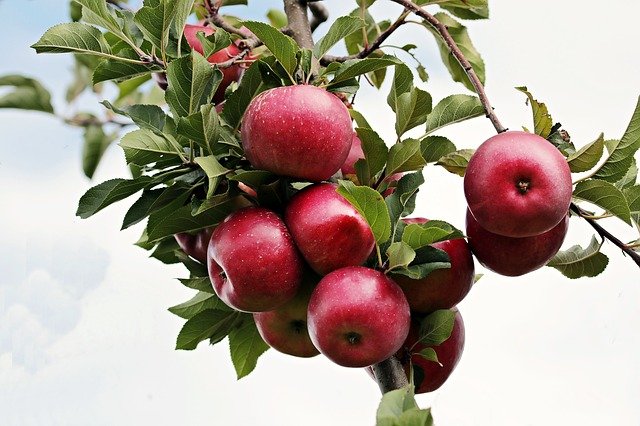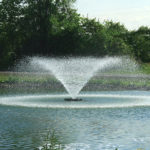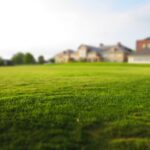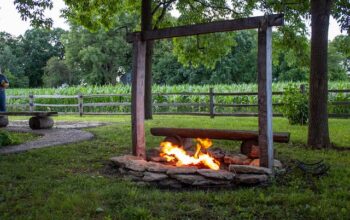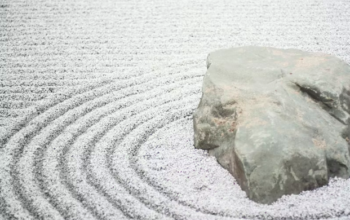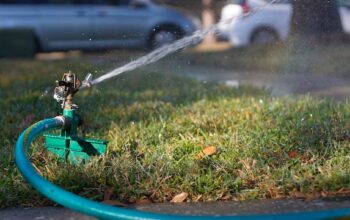There’s a lot of truth to the Chinese proverb: “The best time to plant a tree was 20 years ago. The second best time is now.”
Trees are an investment in the future, particularly since it can take decades before they can truly show their beauty. Stephen Gleave lives on a 100 acre farm in Ancaster, Ontario, where he maintains a large orchard of plum, apple, pear and cherry trees. He says the time investment, the requirement of patience to see progress shouldn’t discourage anyone from planting a tree now.
“Planting new trees is a wonderful way to make a difference for the next generation and the generations after them,” he said. “Even reed-thin saplings provide a lot of benefits to the here and now.”
Those benefits include contributing to the biodiversity of your garden.
Choose Foundation Trees
The first step in planting an orchard, no matter how large you plan for it to be, is choosing what varieties of fruits and nuts you’d like to grow. But how do you know which trees are best suited for your region? A great place to start is by looking at Plant Hardiness Zone Maps.
If you’re thinking about planting fruit trees, you’ll want to consider whether you want to plant standard trees, dwarf trees or semi dwarf trees. Dwarf trees, as the name implies, are smaller than standard trees and don’t produce as much fruit – but harvesting their fruit is much easier and they’re generally better suited for smaller spaces.
Standard trees on the other hand take up a lot of space once fully grown and typically require a ladder and/or other tools to pick them clean.
Whatever kind of fruits you’re hoping to harvest, it’s a good idea to plant several different varieties within the same species. That’s because some fruit trees require pollination from another variety.
Survey your land
If you want to ensure the long-term health of your orchard, you want to be thoughtful about where you plant your trees on your land. You’ll get the best results if you plant in deep, well-drained loam soils with plenty of nutrients. For fruit and nut trees, you’ll want a soil pH of 6.0 to 6.5 that also gets plenty of sunlight – at least six hours, but probably more like eight.
Also be aware that heavy winds and cold temperatures can damage fruit trees. So, in a perfect world, Gleave said, you’ll want to have your orchard sheltered.
“That’s what I’ve done with the orchard on my farm in Ancaster,” Gleave said. “I’ve made sure my trees are sheltered from the wind and the cold.”
Also while you’re planning your orchard, you’ll want to design the layout carefully, accounting for how large the trees will grow so you can plot an enjoyable walking course. Gleave noted that even with pruning, standard apple trees typically spread their crowns 20- feet or more.
“So you’re going to want to plant such trees more than 10 feet apart, or they’re going to be fighting to occupy the same space,” he said.
Get to planting
Once you’ve thought it all through, it’s time to start putting your trees into the ground. Stephen Gleave recommends digging a hole two to three times the width of a given tree’s root ball.
“You should try to plant the root ball level with or slightly below the surrounding ground,” he said. “I did that with my trees in Ancaster and they’re thriving.”
While there is no doubt that planting fruit and nut trees requires some level of foresight and planning, an orchard is a gift to your family that can provide sustenance, and connection to family roots, for future generations.
Related Posts

